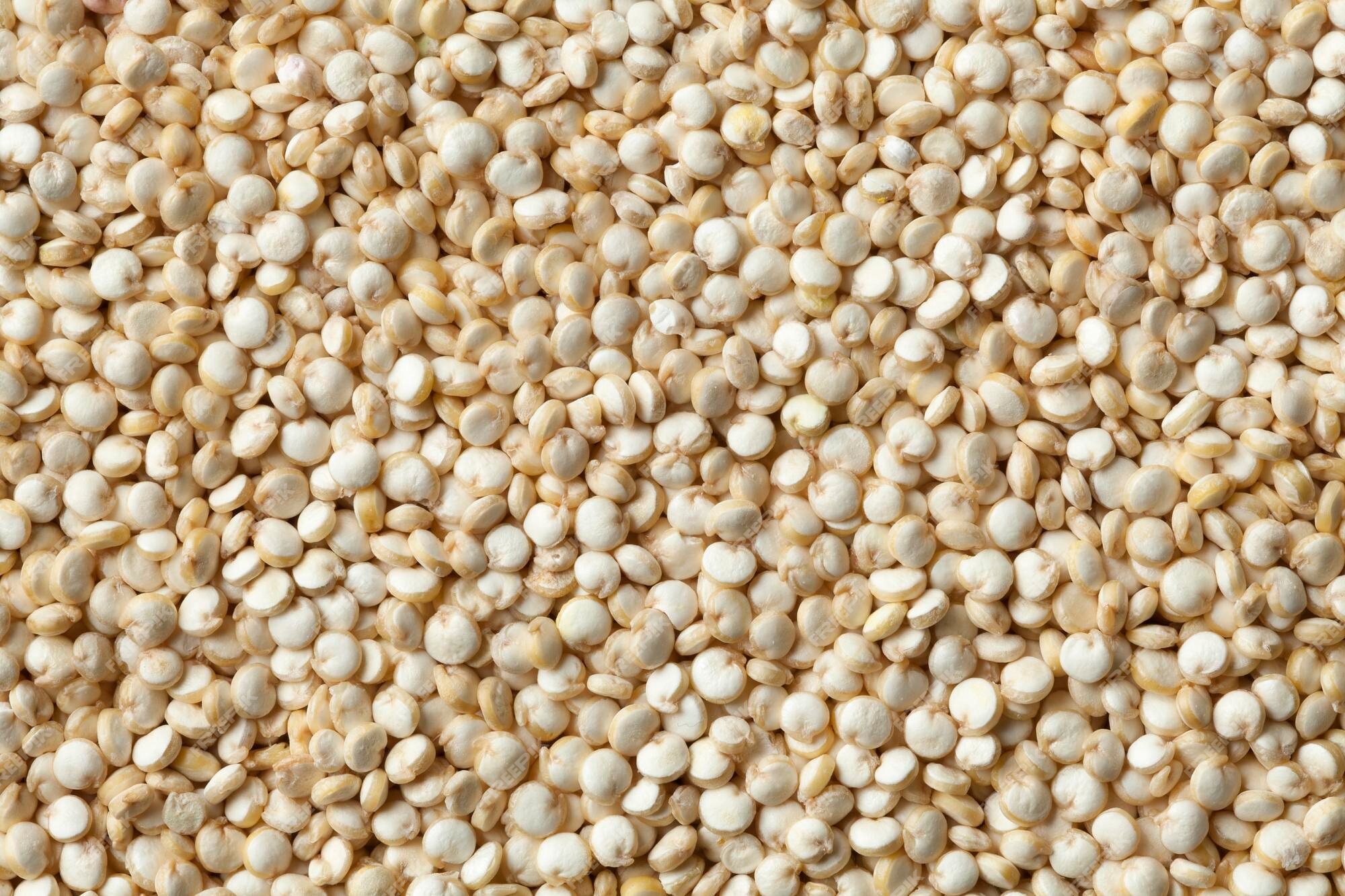
The Minister of Agrarian Development and Irrigation, Jennifer Contreras, reported that the European Union (EU) detected the existence of non-permitted chemical residues (phosphonic acid) in Peruvian organic quinoa production, due to causes that are still the subject of research.
Before the Agrarian Commission of Congress, the head of Midagri announced that no Peruvian quinoa operator has lost their organic certificate after detection in the EU. According to sources of La República, the discovery, recently confirmed by Midagri, would have occurred in 2022.
Contreras maintained that, based on this discovery –which partly explains the drop in exports by 27% this year compared to 2022-, the Certifying Companies have increased their controls, generating cost overruns for producers.
In this sense, the minister guaranteed that exports of organic quinoa continue in the different markets, because “they are being served by the phytosanitary certification services” of the National Agrarian Health Service of Peru (Senasa).
“Senasa began monitoring in producing areas (Ayacucho, Apurímac and Puno), and the ‘Country Report’ was prepared with Senasa, Mincetur, Adex and the Foreign Ministry, addressed to the EU, in order to suspend the restriction,” the official said.
It should be noted that, according to Midagri figures, the FOB value of Peruvian organic quinoa fell from US$7 to US$2 million in 2023. In addition, exports fell from 3,000 to 800 tons so far this year, although the price per kilogram went from US$1.9 to US$2.4.
Shipments of Peruvian quinoa to the European Union fall
Based on these findings, the Executive, through Midagri, carries out working groups to comply with the EU regulations, in coordination with MEF, Mincetur and Serfor, according to Minister Contreras. There are three pending tasks: deforestation, legislation and traceability.
“As to deforestationTo date we have shown, through Geobosques and the register of producers, that more than 99% [de las tierras] Meets these requirements. With official data, this first requirement has already been exceeded,” he noted.
On legislation pending that the EU requires, the head of Midagri said that modifications will be made to the regulations for the Classification of Land by its Greater Use Capacity (CTCUM)
“We are working from the Vice Ministry of Policies and Supervision, in coordination with internal sectors of the agricultural sector.to modify these regulations that have to do with land use and adapt some forestry regulations,” he said.
In the last point, referring to the traceabilitythe official assured that Peruvian agricultural production destined for export will be protected under standards and “declarations from Devida and Digesa that are being worked on.”
“Of the three requirements we already have one met, thanks to the register of producers and the data from the Ministry of the Environment (Minam) regarding deforestation,” concluded Contreras.
Source: Larepublica
Alia is a professional author and journalist, working at 247 news agency. She writes on various topics from economy news to general interest pieces, providing readers with relevant and informative content. With years of experience, she brings a unique perspective and in-depth analysis to her work.












